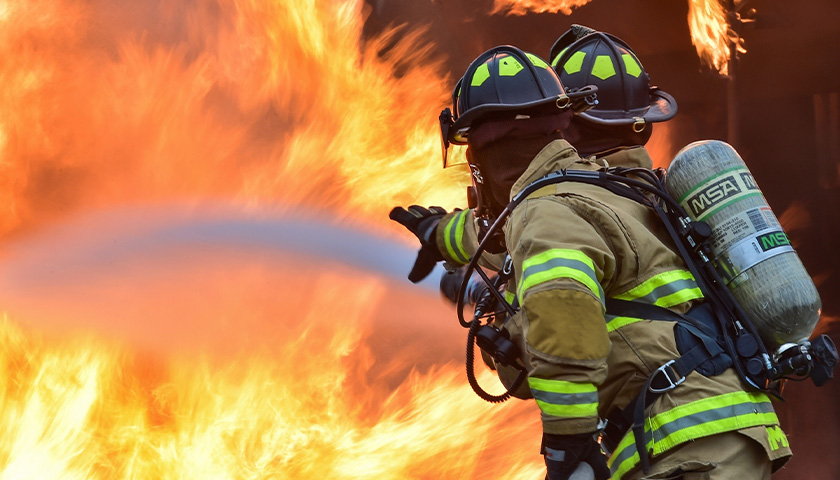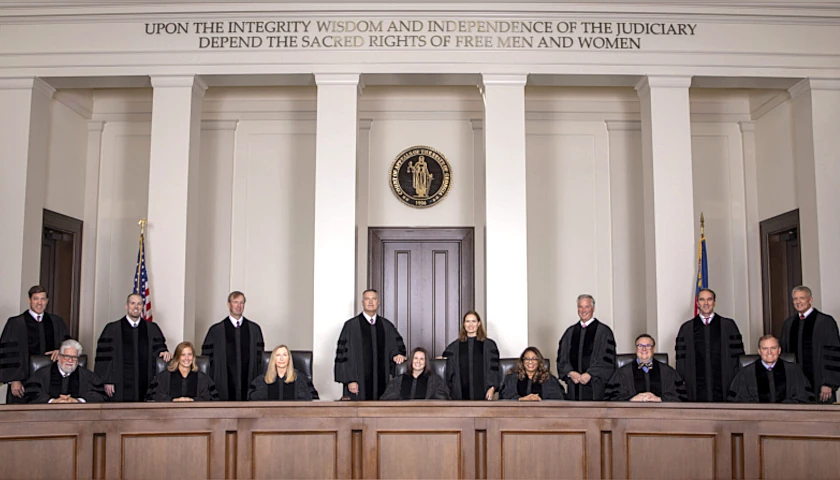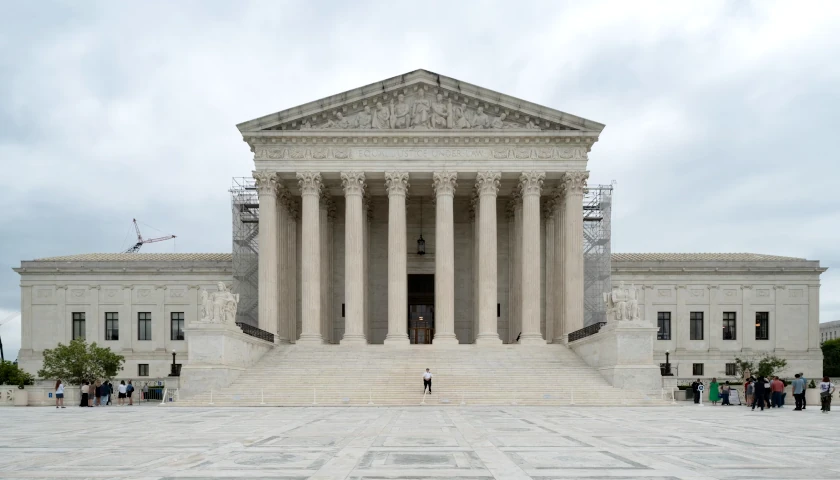by Lauren Jessop
As Pennsylvania’s volunteer firefighters dwindle, lawmakers hope to reverse the trend.
States nationwide struggle to recruit and retain volunteers, while simultaneously investing time and money into training required to keep up with stringent regulations.
According to the U.S. Fire Administration, volunteers account for 96.8% of firefighters in Pennsylvania – the third highest percentage in the country. The national average is 70.2%.
Since the 1970s, the ranks of volunteer firefighters in Pennsylvania have dropped from 360,000 to fewer than 37,000.
A bill passed unanimously by the Senate last week would create a pilot program for community colleges and universities within the state’s higher education system to provide firefighting training to high school students. It’s now under consideration in the House of Representatives.
The legislation, sponsored by Sen. Michele Brooks, R-Crawford, would grant $150,000 to one school in three regions across the state – eastern, central, and western – to establish fire training programs.
Brooks’ Chief of Staff Adam Gringrich told The Center Square the senator was pleased to have the bill moved so early in the session and hopes that the House takes it up when they convene.
“The regional component of the grants addresses the equal need for certified volunteer firefighters across the state, and making more educational facilities available for certification will ideally afford greater opportunity and access to young firefighters,” he said.
“By requiring a study to be commissioned by LFBC we can determine if this approach is successful in getting more young people invested in volunteering,” Gringrich added.
The bill would also require the Legislative Budget and Finance Committee (LBFC) to conduct a survey of fire departments in the surrounding areas of the pilot programs to determine if they were instrumental in increasing the number of volunteer firefighters.
Jane Porter, executive director of Firefighters and EMS Fund, a nonprofit dedicated to advocating for the safety and well-being of firefighters and their families, told The Center Square, the bill “empowers” schools to create firefighter training programs and offers state funding to help create the “environment needed to nurture the next generation of firefighters.”
“We look forward to witnessing the fruits of this measure and hope many more states around the country will go on to take steps which address the recruitment and retention struggles plaguing the fire service to this day,” she said.
The National Volunteer Fire Council says some of the challenges to recruitment and retention include balancing time demands between family, work, and volunteering. Increased training requirements, aging communities, and leadership problems are also factors.
Lack of manpower means fewer people coming out to fires, leading to multiple-alarm fires being called – not because of the severity of the blaze, but because of the lack of personnel.
Senate Bill 148, the second bill introduced by Brooks, seeks to establish a state tax credit of $500 for active volunteer firefighters. That legislation has been referred to the Senate Finance Committee.
Porter said the measure “further seeks to alleviate the financial hardships our volunteer firefighters endure each year and is a step in the right direction toward equitable compensation for their selfless service.”
Firefighters & EMS Fund has been following, and are in full support of, similar bills put forth in the past. They cited a bill passed in Illinois several years ago granting a $500 tax credit for volunteer first responders.
The organization said it’s pleased to see Pennsylvania picking up the mantle.
Large cities like Philadelphia and Pittsburgh have paid fire departments with starting salaries in the range of $40,000 to $50,000. The cost of switching to a paid department is not feasible for most suburban or rural municipalities.
– – –
Lauren Jessop is a contributor to The Center Square.
Photo “Firefighters” by Pixabay.








